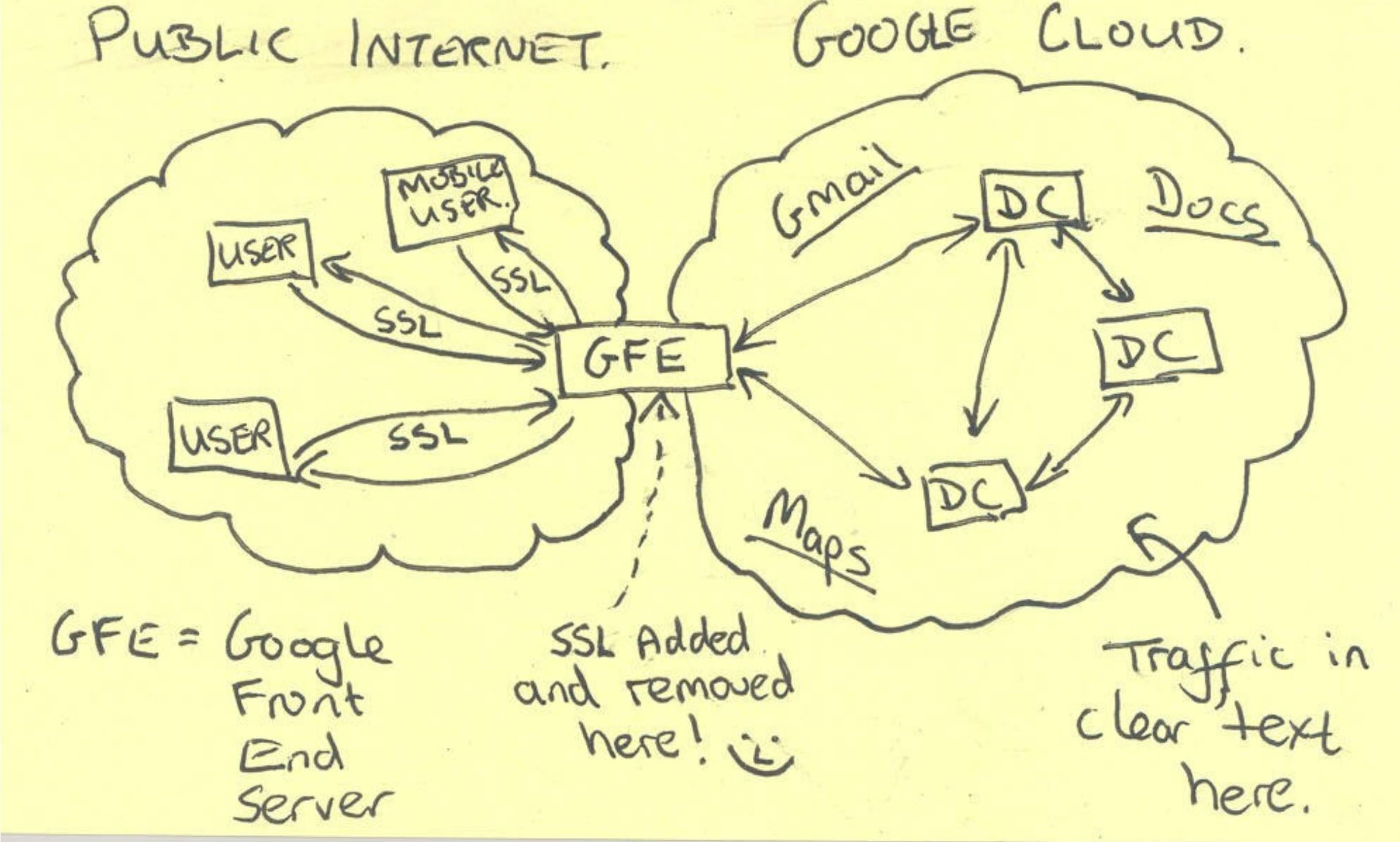See the note in the bottom center of this classic slide:

This is from a leaked NSA slide deck. Tapping internal traffic is not rocket science, the only real requirement is that someone is targeting you. If there is something of value going over the cable, something potentially worth encrypting, then you may also assume that someone might be going after it sooner or later.
That's why we encrypt internal traffic: physical cables are not always to be trusted. A guest in a waiting room having access to the internal network (due to missing or misconfigured (V)LANs) is not uncommon, or someone who is trusted but whose device is infected, or someone who physically breaks in, or a single compromised server that can intercept other servers' traffic... there are a lot of scenarios in which encryption helps, also on internal networks. You should also ask yourself: is the least privileged person with physical (or network) access allowed to learn the most sensitive data that the network transports? If not, encryption is what ensures they can't intercept it.
Do you know where your physical cables run and whether all those places are guarded at all times? Is ARP spoofing disabled in every LAN you have? VLAN hopping mitigated? No WPA2-PSK WiFi anywhere? Intermediate firewalls and routers have 2FA enabled and are not hacked? Are all of the implemented measures tested? Did I not forget anything? From my experience, each of these measures is in use only in a minority of companies, and very few will have it all.
Setting up the encryption is typically easy these days. If you're only talking about your own data, then you can take the risk for yourself. But when there are other people (colleagues or even customers) at risk, you really should enable it.

